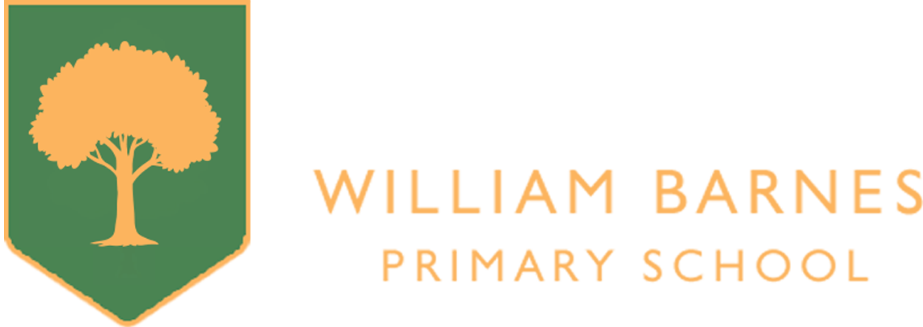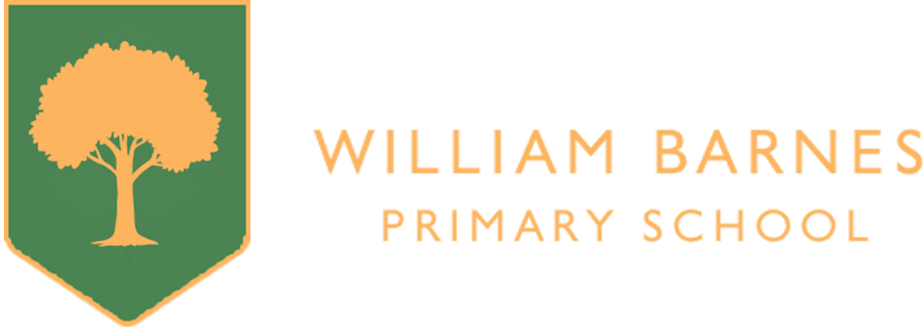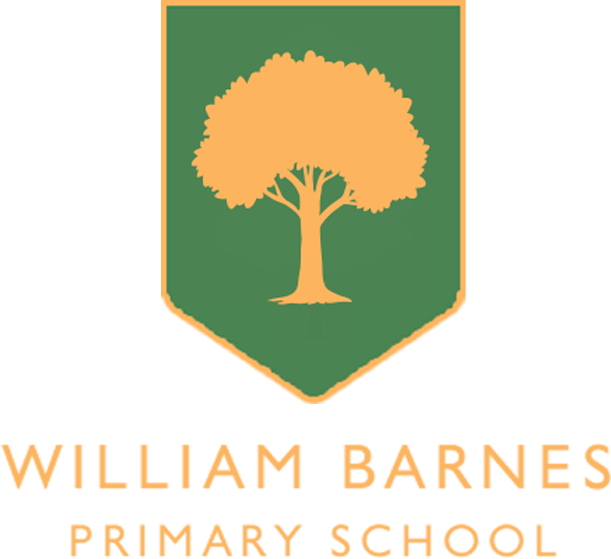Why Teach Mathematics?
- It is enjoyable.
- It is used to analyse and communicate information.
- It transcends cultural barriers.
- It teaches children skills for life.
- It helps us to understand the world.
- It is used in a variety of ways in cross-curricular subjects.
The Aims of Mathematics at William Barnes.
- To develop a positive attitude to numeracy by presenting it as an enjoyable, interesting and attractive subject.
- To develop children’s confidence in their own ability to understand and tackle mathematical questions.
- To develop their ability to think clearly and logically with independence of thought and flexibility of mind.
- To develop an understanding of mathematics through a process of enquiry and experiment.
- To make children aware of the uses of numeracy in everyday learning and in the world beyond the classroom.
- To encourage persistence through sustained work in mathematics, that requires perseverance over a period of time.
- To encourage children to express their mathematical ideas both orally and in written form.
William Barnes Ethos
At William Barnes the staff believe that all children have the potential to become fluent and confident mathematicians. We believe that if children are prepared to adopt a “growth mindset”, then through hard work and practice, all the children can make the progress they need to be ready for the start of secondary school. We recognise that some children find mathematics more difficult than others, but we also believe that with appropriate support, additional help, high quality teaching and support from home, then all children can overcome their difficulties to become successful mathematicians.
Calculation Policy
At William Barnes, children are expected to make written calculations in a step by step way as they move through the school from reception to year 6. These steps are called the school’s calculation policy. If you want to help your child with their calculations, download the policies to see how your child is being taught in class.
Click here to download the school’s addition calculation policy.
Click here to download the school’s subtraction calculation policy.
Click here to download the school’s multiplication calculation policy.
Click here to download the school’s division calculation policy.
A Mastery Curriculum
The children at William Barnes experience a mastery based curriculum. In each year group a core group of ideas and skills is taught to all children. When they have fully grasped this core knowledge, they are said to have mastered the content for that year group. To challenge the children further they are given increasinly complex problems which require them to apply their learning and deepen their understanding. Some children who are “rapid graspers” move onto deepening activities quite quickly in lessons, whilst other children who find the work more challenging will take longer master the basics before moving onto deepening activities.
Mathematical Schemes
Teaching staff at William Barnes do not use a single scheme for the teaching of mathematics. Such schemes, whilst convenient for teachers, can lead to a formulaic teaching style and a lack of variety in the classroom. Instead, at William Barnes, teachers combine the most successful parts of a range of schemes and resources to produce a rich and varied mathematics curriculum. Teachers always ask themselves the question, “what do my children need to experience in order to make the most progress?” as their starting point. They then plan their lessons accordingly, often creating their own resources from scratch, without the constraint of an “off the shelf” scheme. Teaching is closely matched to what each child needs to learn and understand in order to make the most progress.
Learning Multiplication Tables and Number Facts
(If you work out how many different multiplication facts need to be learnt so that a children knows all of their times tables, you will find that there are 55 in total)
Children are taught their number facts systematically, as they move up through the school, using a series of targets, which are tested weekly in the “55 club”.
The steps for the learning of multiplcation and division facts are shown below. Each classroom has a display to show the progress of children in the “55 club”. If you click on the target a copy will download as a PDF. (Please note that there is no formal written sheet for targets 1 and 2)
The steps for the learning of addition and subtraction facts are shown below. Each classroom has a display to show the progress of children in the “55 club”. If you click on the target a copy will download as a PDF.
The Numicon Approach to Mathematics
When children first begin to learn about numbers, it is very important that they learn through hands-on experience. At William Barnes, we use an approach called Numicon to give children this hands-on experience in a structured and ordered way. The children learn about the number system using sets of shapes called Numicon tiles to represent numbers. Through practical activities, where the children complete active tasks, they quickly develop a rich understanding of numbers and their relationships.
However, as children grow older, they become able to visualize the Numicon pieces in their minds, and no longer require concrete objects to support their learning. The age when this happens varies from one child to the next. However, broadly speaking, most children will move away from using Numicon by the time they reach year 3. For those children who continue to find mathematics difficult in years 3,4,5 and 6, extra help is given, often using the Numicon approach. By the end of year 6, we expect all children to be confident in their own mathematical ability, with the Numicon approach enabling them to become fluent mathematicians.
Mathletics and Rockstars : online learning
At William Barnes, each child in years 1 to year 6 is given access to an online learning environment called Mathletics. This internationally successful website, allows teachers to set children activities to complete online, either in school or at home. In years 1 and 2, the children are given half an hour or so a week during lesson time to complete their Mathletics learning. However, once the children reach year 3, Mathletics is set by the teacher and completed at home for homework. The children gain points for each calculation they complete and can earn certificates, which are given out in assembly. It is also possible to compete in mental arithmetic quizzes with other mathematicians from all over the world. Mathletics has been a huge success at William Barnes, with over 2 million calculations being completed each year by the children online.
Children in years 3 to 6 also have accounts with ‘Timestables Rockstars’. This piece of software gives the children the opportunity to increase their fluency when recalling their times tables. This is the main focus for children learning online in year 4.
Greater Depth Learners
At William Barnes, when a child fully understands a mathematical concept, they will be given problem-solving activities that give them the opportunity to apply their knowledge and develop their ability to reason. From year 1 to year 6, teachers use an approach called ‘Keen Kite’ to develop the children’s ability to reason and deepen their understanding. ‘Keen Kite’ breaks problem solving down into eleven mathematical skills. These are
- Finding all the possibilities
- Finding rules and describing patterns
- Logical reasoning
- Real-life word problems
- True or false
- Explain how you know
- Would you rather?
- Odd one out
- Always sometimes never true
- What’s the same? What’s different?
- If the answer is this, what is the question?
A ‘Keen Kite’ is displayed in each classroom to remind children of these reasoning strategies.
Oracy in Mathematics
From year 1 to year 6, the children are given the opportunity to develop their mathematical oracy using a whole school approach called “Talk it Solve it”. As a class, the children practice the use of mathematical vocabulary and their ability to express mathematical ideas by using clues to eliminate numbers from a set of 8 until only the solution remains.
Problem Solving and Bar Models
At Willliam Barnes, the children are encouraged to use an approach called the RUCSAC to solving wordy problems. A RUCSAC poster us displayed in each classroom. The RUCSAC stands for
Read (the problem several times)
Understand (Underline keywords and draw a bar model to help you understand)
Choose (Choose which operation(s) you need to use)
Solve (Find the solution using the relevant calculations)
Answer (Make your answer clear and check that it makes sense)
Check (Check your answer by approximating or using a different method or by inverse operations)
At the moment, the staff are working on a whole school progression in using bar models to help visualise problems and this will be uploaded here once it is finished.




